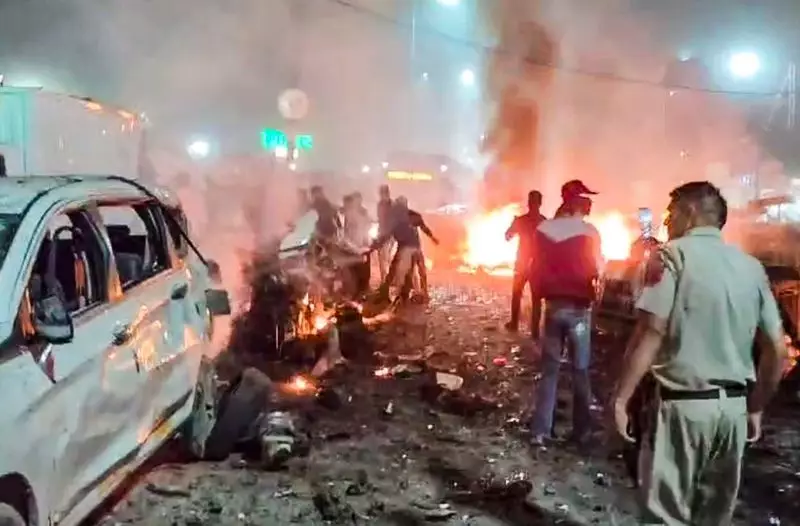
Thirteen years after the devastating bomb blast at Delhi's historic Red Fort, a comprehensive analysis reveals shocking security failures that allowed terrorists to strike at one of India's most protected monuments. The September 19, 2010 attack exposed critical vulnerabilities in India's security apparatus and highlighted dangerous intelligence gaps.
The Day Security Failed at National Icon
On that fateful Sunday evening, a powerful explosion rocked the Red Fort complex around 6:15 PM, sending shockwaves through the nation. The timing was particularly significant as security forces were already on high alert following intelligence warnings about potential attacks during the Commonwealth Games scheduled for October 2010.
The bomb was strategically placed near the gumbad (domed structure) within the fort complex, an area that should have been under constant surveillance. Despite multiple security agencies responsible for protecting the monument, the attackers managed to plant and detonate an improvised explosive device without detection.
Investigative Failures and Missed Opportunities
The subsequent investigation uncovered multiple layers of security lapses. Indian security agencies had received specific intelligence about possible attacks on historical monuments, yet the Red Fort remained vulnerable. The monument's security was managed through a fragmented system involving multiple agencies without clear coordination protocols.
Forensic analysis revealed that the explosive device used sophisticated timing mechanisms and contained shrapnel designed to maximize casualties. The investigation eventually led to the Indian Mujahideen, with key operative Mohammed Arif alias Ashfaq identified as the mastermind behind the attack.
Social Fault Lines and Security Implications
The Red Fort attack exposed deeper social and security issues that continue to challenge India's counter-terrorism efforts. Intelligence reports indicated that the perpetrators exploited existing social divisions and used sophisticated communication methods to evade detection.
The security establishment failed to connect multiple warning signals that preceded the attack. Various intelligence inputs about increased terrorist activity in Delhi and specific threats to historical sites weren't adequately acted upon. The coordination between central intelligence agencies and local security forces proved insufficient to prevent the tragedy.
The blast occurred despite the monument being under the protection of both Delhi Police and Central Industrial Security Force (CISF). The incident raised serious questions about the effectiveness of security protocols at vital national installations and the need for better integration of intelligence gathering and operational response.
Thirteen years later, the Red Fort blast serves as a stark reminder of the constant threat posed by terrorist organizations and the critical importance of addressing security vulnerabilities before they're exploited. The lessons from this attack continue to inform India's counter-terrorism strategies and monument security protocols.





